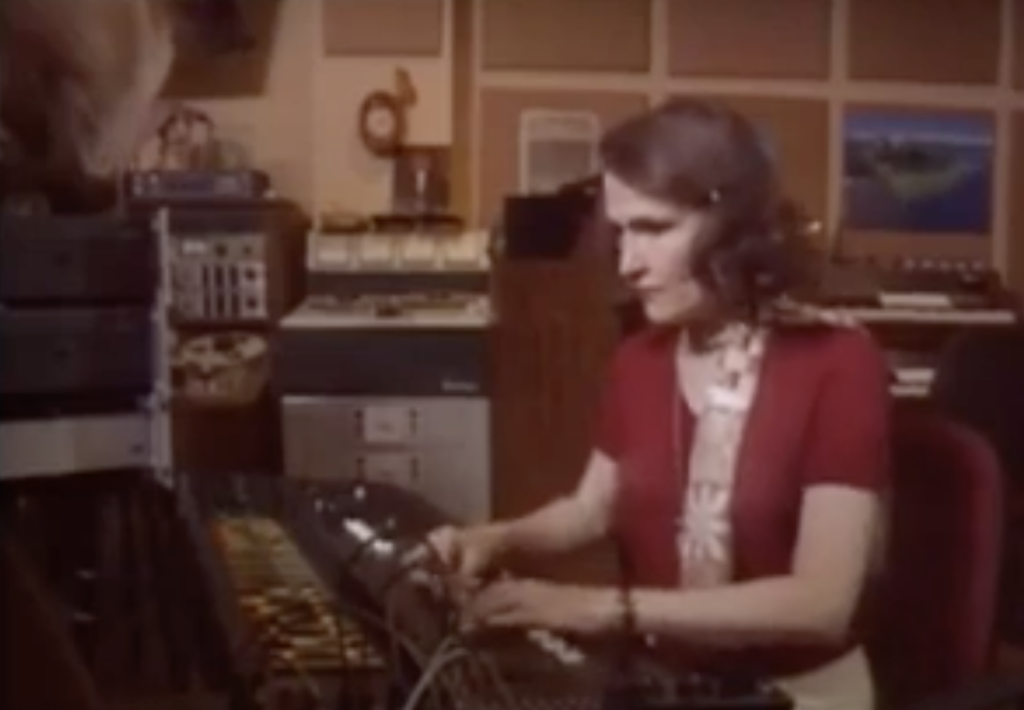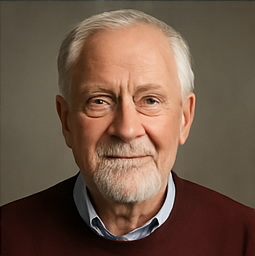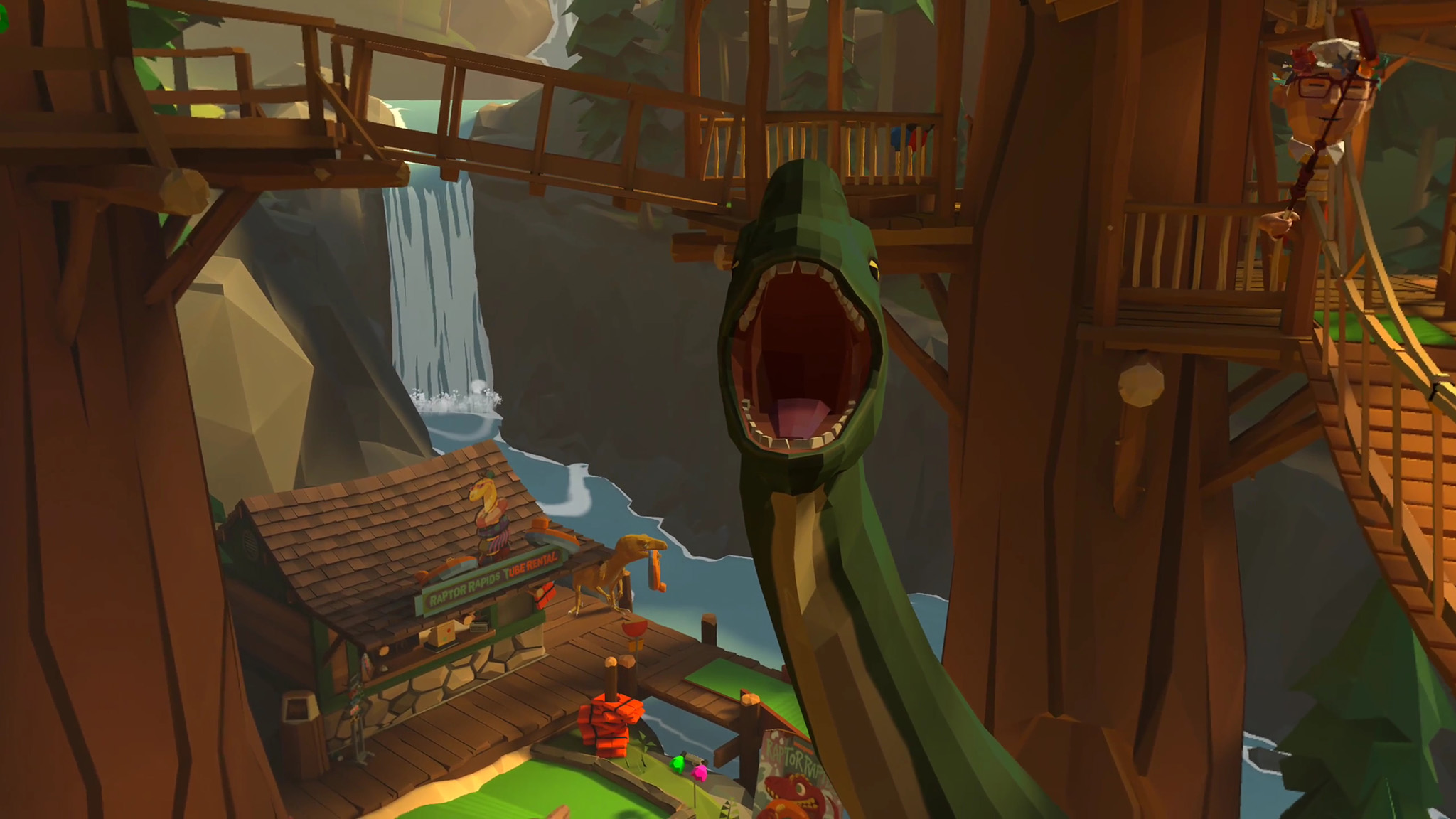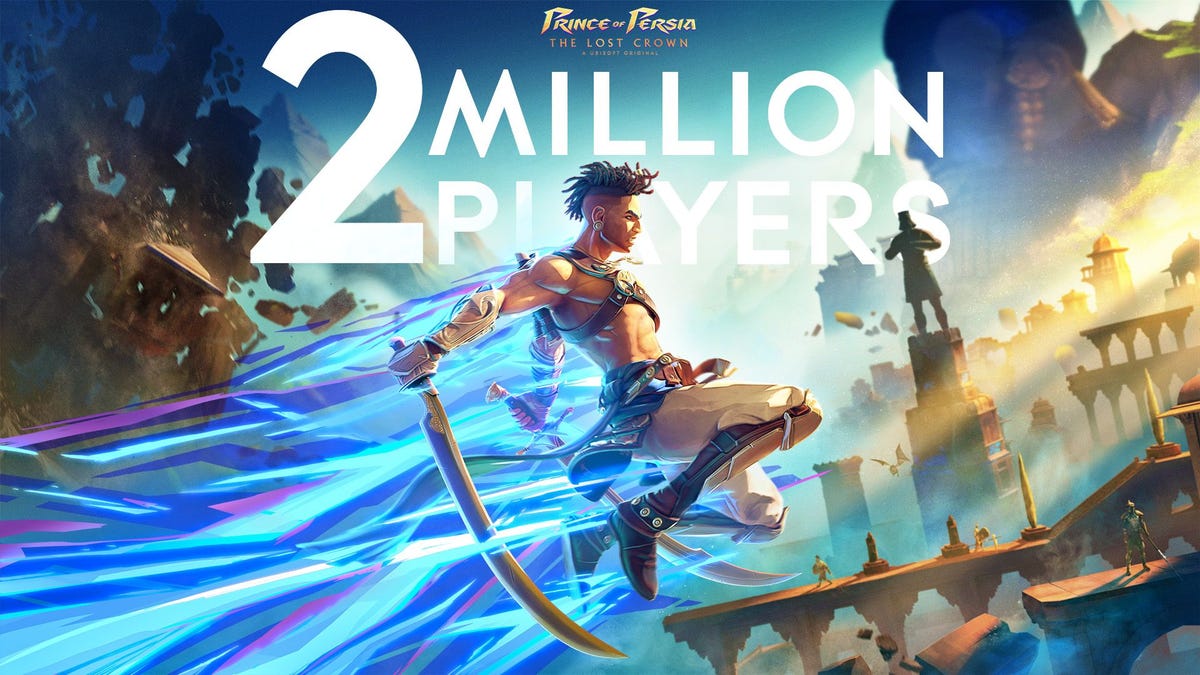Exploring the Musical Legacy of Wendy Carlos: A Pioneer in Electronic Music

Wendy Carlos is not just a name in the music industry; she is a towering figure whose contributions have profoundly shaped the landscape of electronic music. Known for her collaborations with iconic filmmakers such as Stanley Kubrick and humorous artists like âWeird Alâ Yankovic, Carlos has also played a pivotal role in the development of synthesizers alongside Robert Moog, the inventor of the Moog synthesizer that revolutionized music production. Originally credited as Walter Carlos during her early career, she transitioned to Wendy, becoming one of the first high-profile transgender artists in the music world. Her work on Kubrickâs films, including the haunting score for A Clockwork Orange, remains influential to this day, and she also contributed to The Shining, although her compositions were used sparingly.
In a brief yet insightful clip from a 1989 episode of the BBCâs Horizon, Carlos is seen accompanied by her two beloved cats as she provides a fascinating demonstration of how she uses analog synthesizers. In this segment, she skillfully illustrates how to create electronic imitations of real instruments, specifically approximating the sound of a xylophone. Carlos meticulously sculpts a sine wave, transforming its initially pure and harsh sound into a sonorous echo reminiscent of a mallet striking wood.
The episode also features her operating one of the original Moog synthesizers. This impressive machine, comparable in size to a refrigerator and resembling an old telephone switchboard with an attached keyboard, serves as a testament to the technological advancements in music production during that era. Carlos demonstrates her artistry by plugging and unplugging a series of cables, deconstructing the sine wave from its original form into a more refined sound. Itâs a rare occasion to witness such vintage technology being explained with such clarity and rapidity, highlighting her deep understanding and mastery of the medium.
Wendy Carlos not only paved the way for herself but also for the future of electronic music through her studies at the Columbia-Princeton Electronic Music Center. There, she collaborated with early electronic music pioneers Vladimir Ussachevsky and Otto Luening, both renowned for their complex compositions and contributions to musique concrète. However, unlike many of her contemporaries, Carlos chose to merge classical music with popular culture. Her groundbreaking series, Switched-On Bach, featured 18th-century compositions performed on the Moog synthesizer and other electronic instruments. This innovative project garnered significant attention and opened doors for her, leading her to collaborate with Kubrick on the idiosyncratic score of A Clockwork Orange and further solidifying her success.
Beyond her renowned work on Kubrickâs films, Carlosâs score for Disneyâs Tron has also gained a cult following among fans, who appreciate its unique soundscapes that blend technology and creativity. In 2005, she released a comprehensive multi-CD set that includes all her soundtracks that were never used by Kubrick for The Shining and other projects, offering a rare glimpse into her artistic process and the music that shaped her career.
The Horizon episode, which aired over a decade after the introduction of the first sampling keyboard, carries a theme of technofear. The episode presents various artists exploring the capabilities of technology in music, raising existential questions about the future of human performers. In one segment, Xavier Rodet teaches a computer to sing Mozart, while in Greenwich Village, Carlos synthesizes a classical concerto from electronic tones. Meanwhile, Manfred Clynes in Australia proposes a universal human language of emotion, creating feelings on tape to illustrate his point. The overarching question remains: what will be left for human performers to contribute in an increasingly automated world?
This discussion around technology and its impact on artistry feels particularly relevant today as we grapple with concerns over artificial intelligence, mirroring the anxieties expressed during the Horizon episode. While synthesizers did not replace human musicians, they undoubtedly led to a surge in synthesizer players. Similarly, while AI may not replace human decision-making entirely, it will likely give rise to a new generation of AI programmers and artists who will navigate the evolving landscape of creativity.
Note: An earlier version of this post appeared on our site in 2019.
Related Content:
- Hear Glenn Gould Sing the Praise of the Moog Synthesizer and Wendy Carlosâ Switched-On Bach, the âRecord of the Decadeâ (1968)
- Wendy Carlosâ Switched on Bach Turns 50 This Month: Learn How the Classical Synth Record Introduced the World to the Moog
- The Scores That Electronic Music Pioneer Wendy Carlos Composed for Stanley Kubrickâs A Clockwork Orange and The Shining
- Electronic Music Pioneer Wendy Carlos Demonstrates the Moog Synthesizer on the BBC (1970)
- What the Future Sounded Like: Documentary Tells the Forgotten 1960s History of Britainâs Avant-Garde Electronic Musicians
Ted Mills is a freelance writer on the arts.
















